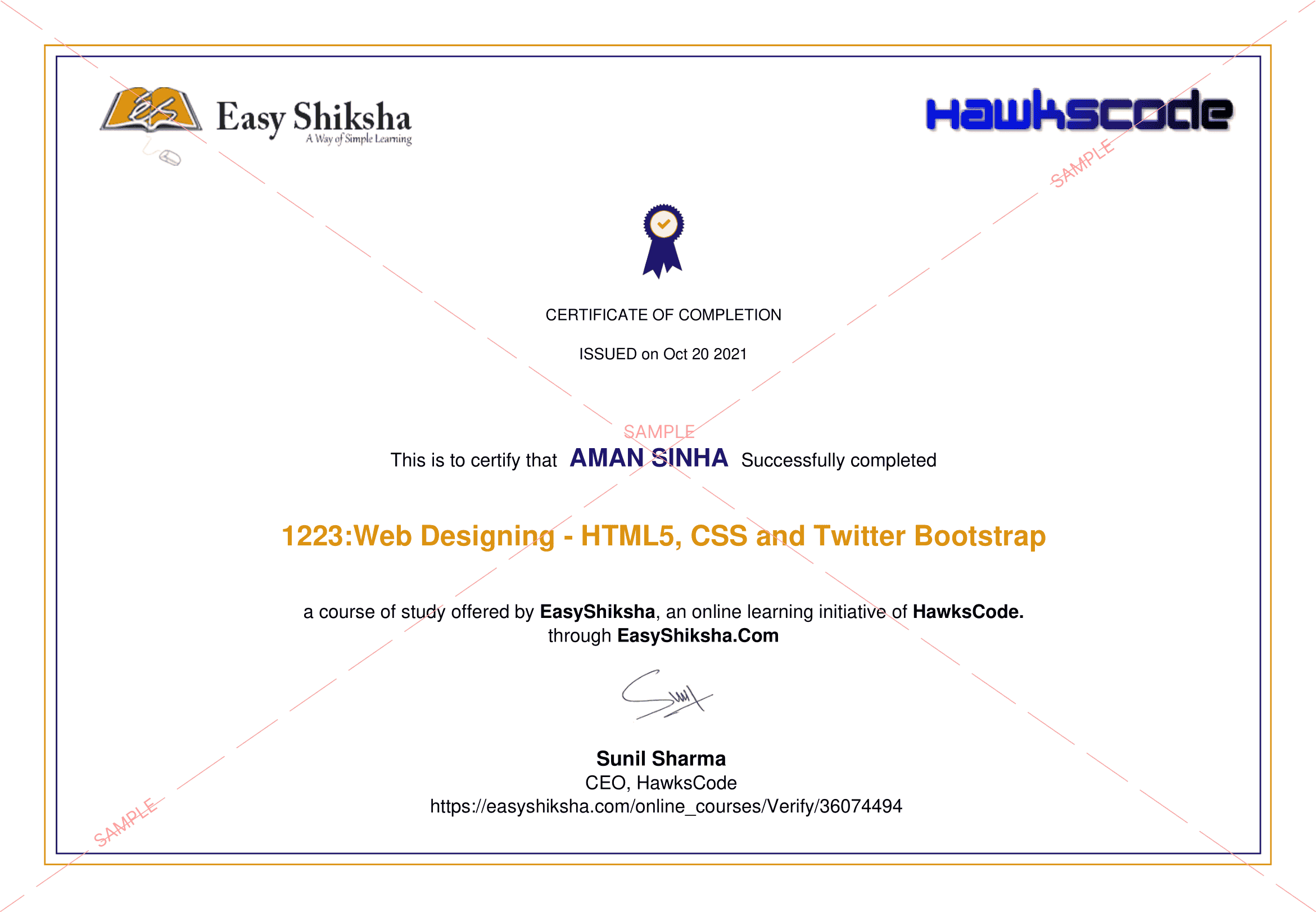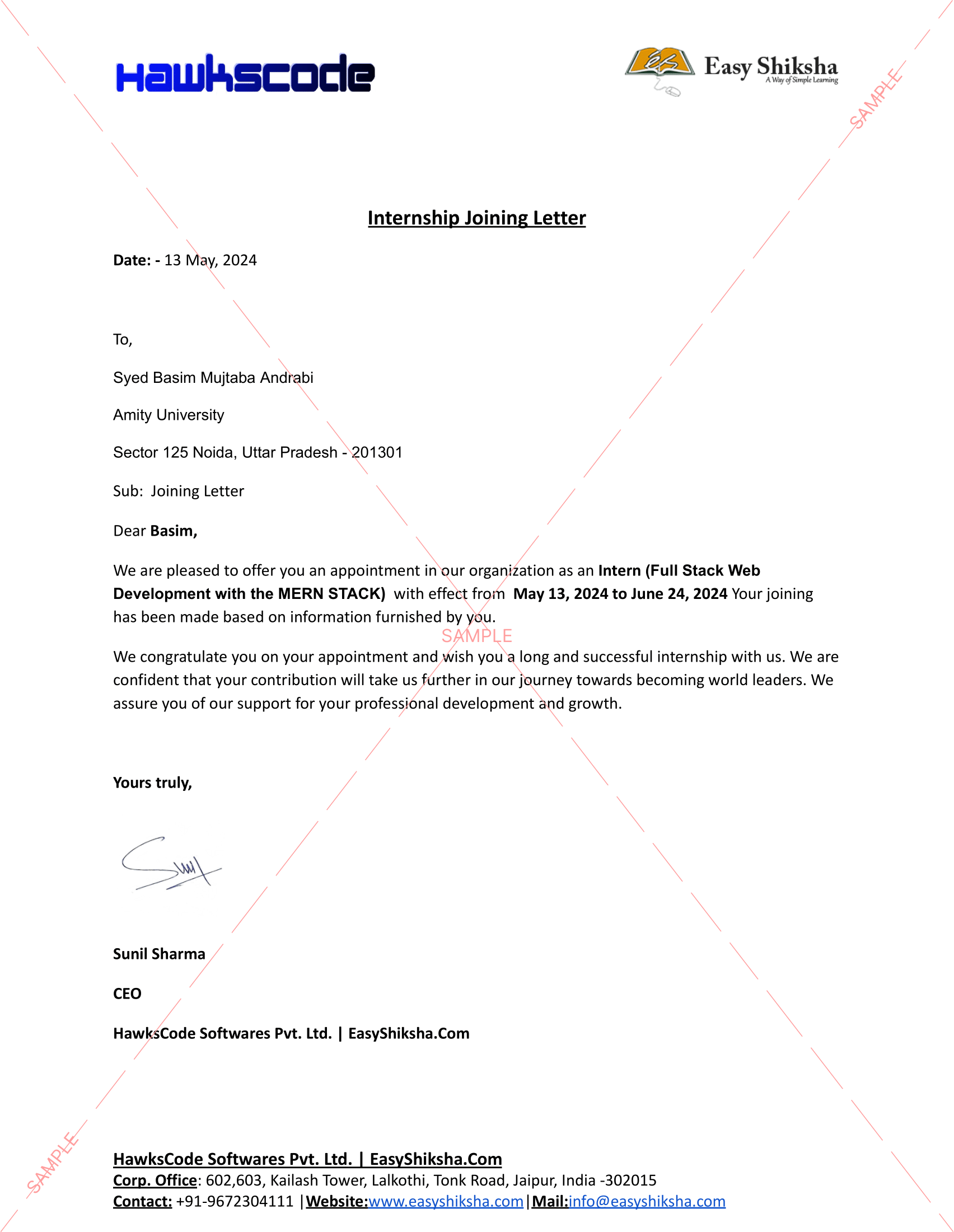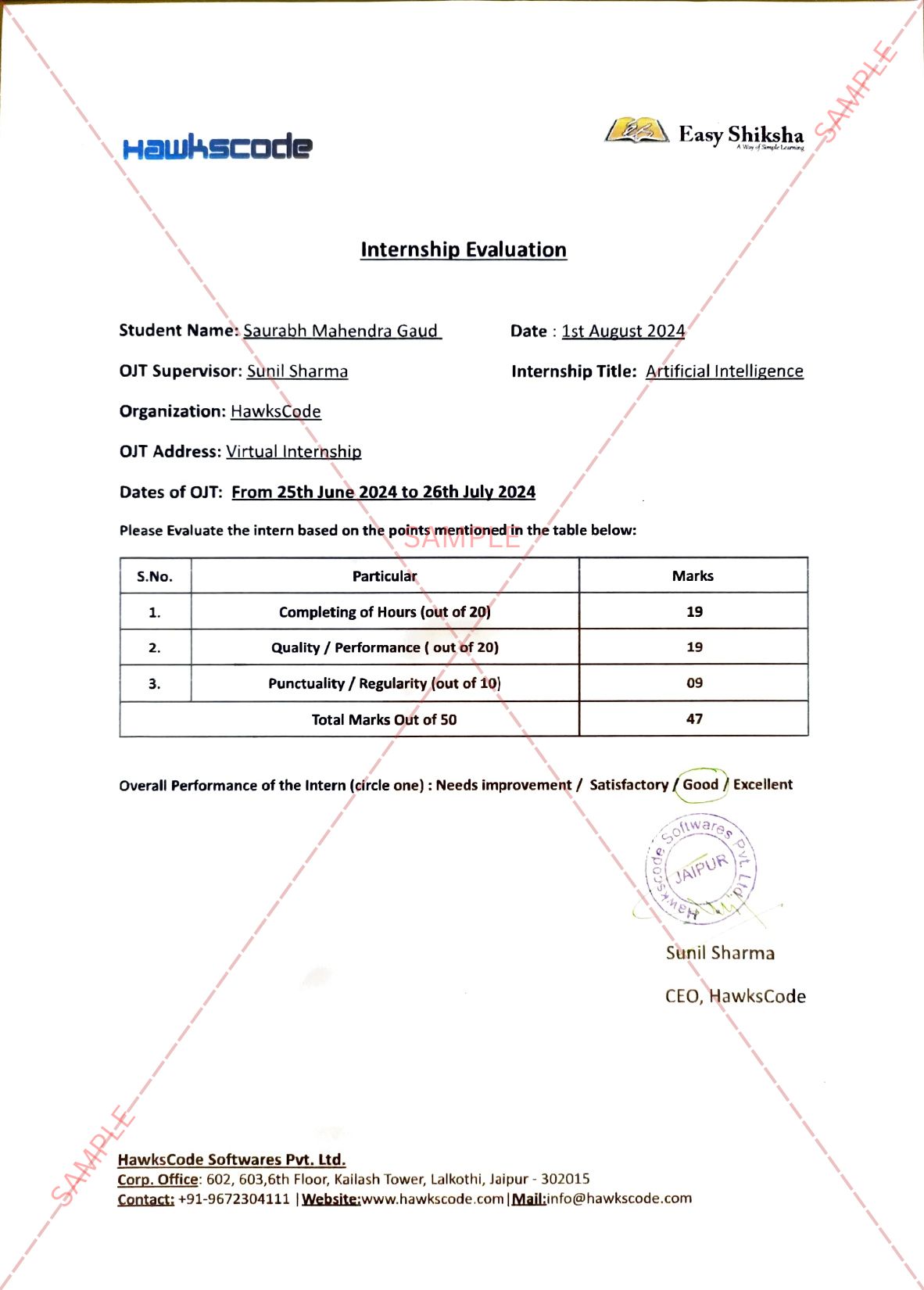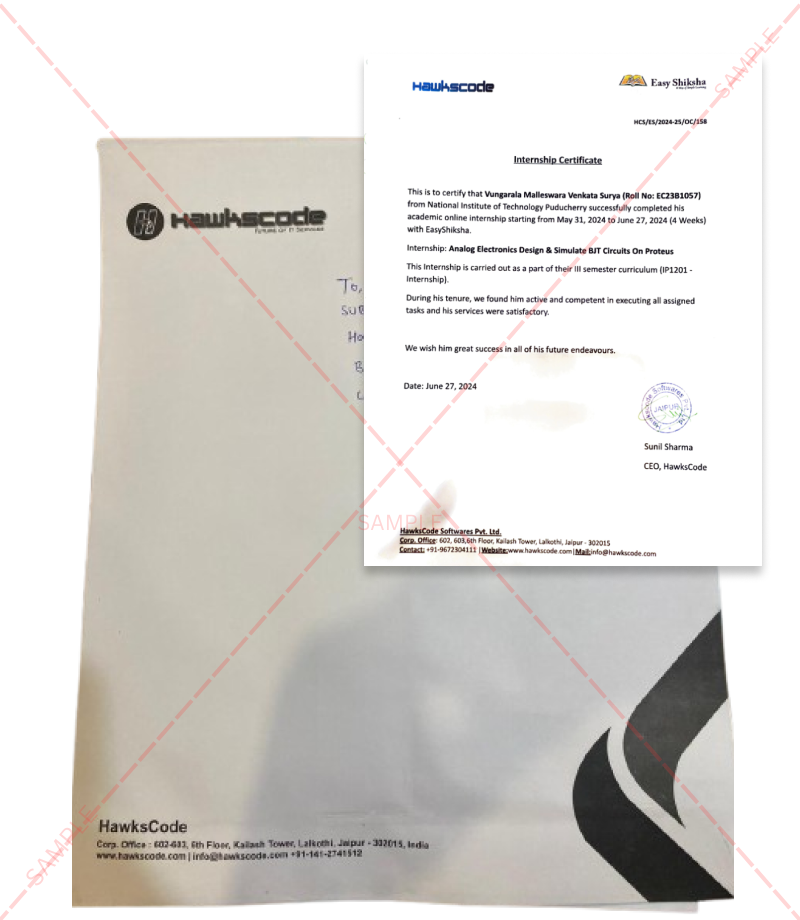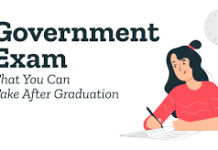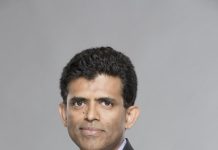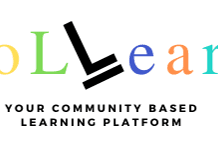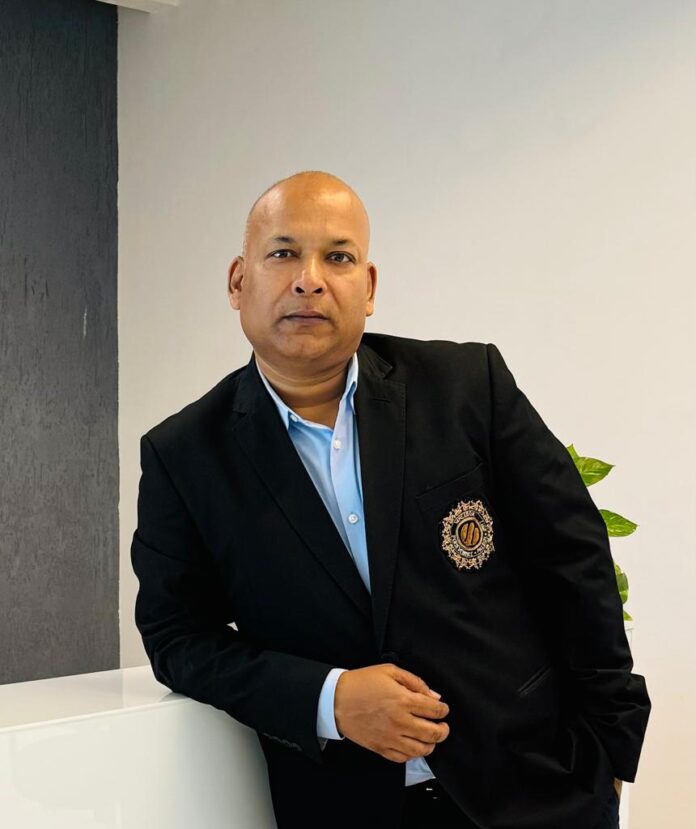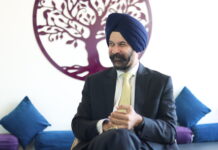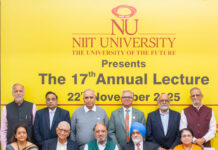Written By: Mr. Nirmal Singh, CEO, Wheebox – An ETS Company India stands on the cusp of an unprecedented economic transformation. With a median age of just 32 and a swelling pipeline of graduates, the country is uniquely positioned to fuel not only its own growth engine but also power a global economy starved for talent. The India Skills Report (ISR) 2025 underscores this momentum, projecting that India will contribute over 40% of the global skilled workforce by year’s end — a seismic shift with implications across industries from IT to healthcare to green energy.
But there’s a catch.
While the sheer volume of India’s workforce is promising, only 54.81% of graduates are deemed employable today. For a nation chasing a $7 trillion GDP target by 2030, that’s a stark red flag.
This gap — between potential and performance — is where higher education must step up and play a decisive role. The time has come for academia and industry to abandon their siloed paths and co-create a skills-first ecosystem that is agile, responsive, and globally competitive.
ALSO READ : Outreach program for strengthening MSMEs ecosystem in J&K
Bridging the Curriculum-Industry Gap
India’s sprint towards economic doubling in under five years won’t be possible without reengineering the fundamentals of its higher education system. Too often, HR leaders point out the same systemic issue: graduates walk into interviews armed with obsolete knowledge while the job market demands cutting-edge capabilities.
The AI revolution offers a cautionary tale. Once nascent in India, AI has morphed into a juggernaut driving innovation across every sector — from manufacturing to finance. And yet, many university programs still treat it as a footnote rather than a core competency. Without meaningful reskilling and curriculum upgrades, we risk producing graduates for jobs that no longer exist.
The antidote? A robust, industry-integrated curriculum. HEIs must work hand-in-hand with corporate partners to design learning that mirrors real-world applications. While there is no single nationwide curriculum update, most IITs in India revise their curricula every 3-5 years. Experiential learning — through internships, live projects, and capstone challenges — should become the norm, not the exception and not for professional courses like Engineering or Business, it shall be for all programs in India in Higher education.
Moreover, a future-ready workforce isn’t built on technical prowess alone. Critical thinking, creativity, and communication skills — the so-called “soft skills” — are rapidly becoming the hardest currency in today’s job market.
Entrepreneurial Thinking as an Academic Imperative
India has long prided itself on its entrepreneurial DNA, but this spirit often finds little room within rigid academic frameworks. Traditional pedagogy still favours rote learning over risk-taking — a relic of pre-liberalization mindsets. Where exams after every semester decides your learning track and growth.
It’s time to flip the script.
Campuses should be innovation labs, where students are encouraged to fail fast, iterate faster, and think like entrepreneurs. Incubators and accelerators on campus — such as IIT Bombay’s pioneering Society for Innovation and Entrepreneurship (SINE) — are powerful models worth replicating nationwide. These platforms don’t just churn out start-ups; they nurture leaders who think independently and solve real-world problems at scale.
Aligning Talent with Growth Sectors
Graduation rates alone are no longer the gold standard of academic success. Instead, HEIs should ask: How many of our students are entering sectors with strong growth trajectories?
The opportunity landscape is clear. From cybersecurity and data science to renewable energy and healthcare technology, the jobs of the future are already here — but only for those prepared to seize them. Strategic partnerships between academia and industry bodies can deliver last-mile skilling — sector-specific modules tailored to plug directly into the needs of hiring companies.
India’s Talent: Ready for Export
As Western nations grapple with ageing populations and acute skills shortages, India’s young, educated, and mobile workforce is emerging as a strategic global asset.
ISR 2025’s theme — Global Talent Mobility: India’s Decade — is not just aspirational branding. It’s a call to action. Countries across the Gulf, Europe, Southeast Asia, and Africa are urgently seeking skilled professionals in areas where India already has a deep bench — IT, healthcare, digital commerce, engineering, and green energy.
By aligning its education system with global industry demands, India can position itself not merely as a back-office hub but as a worldwide talent powerhouse. Online Courses with Certification
Online Courses with Certification
Final Thought: Skill is the New Currency
To unlock India’s true economic potential, we must reimagine higher education not as a passive conveyor belt of degrees but as an active driver of economic resilience. The skilling gap is not insurmountable — but it will require bold, collective action from government, industry, and academia.
The future belongs to those who can learn, unlearn, and relearn at speed. And for India, that future starts now.
Visit EasyShiksha for skill development courses.
